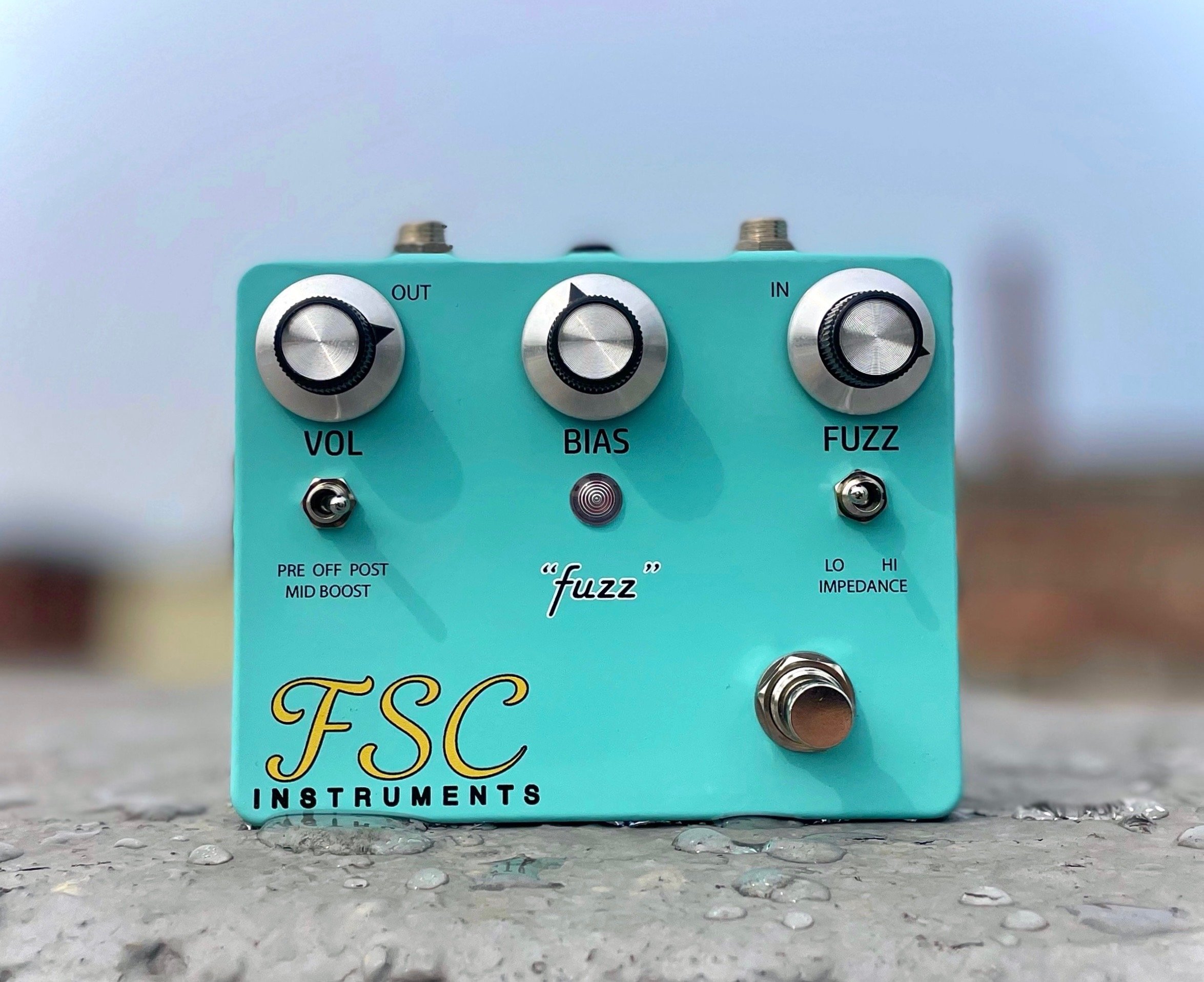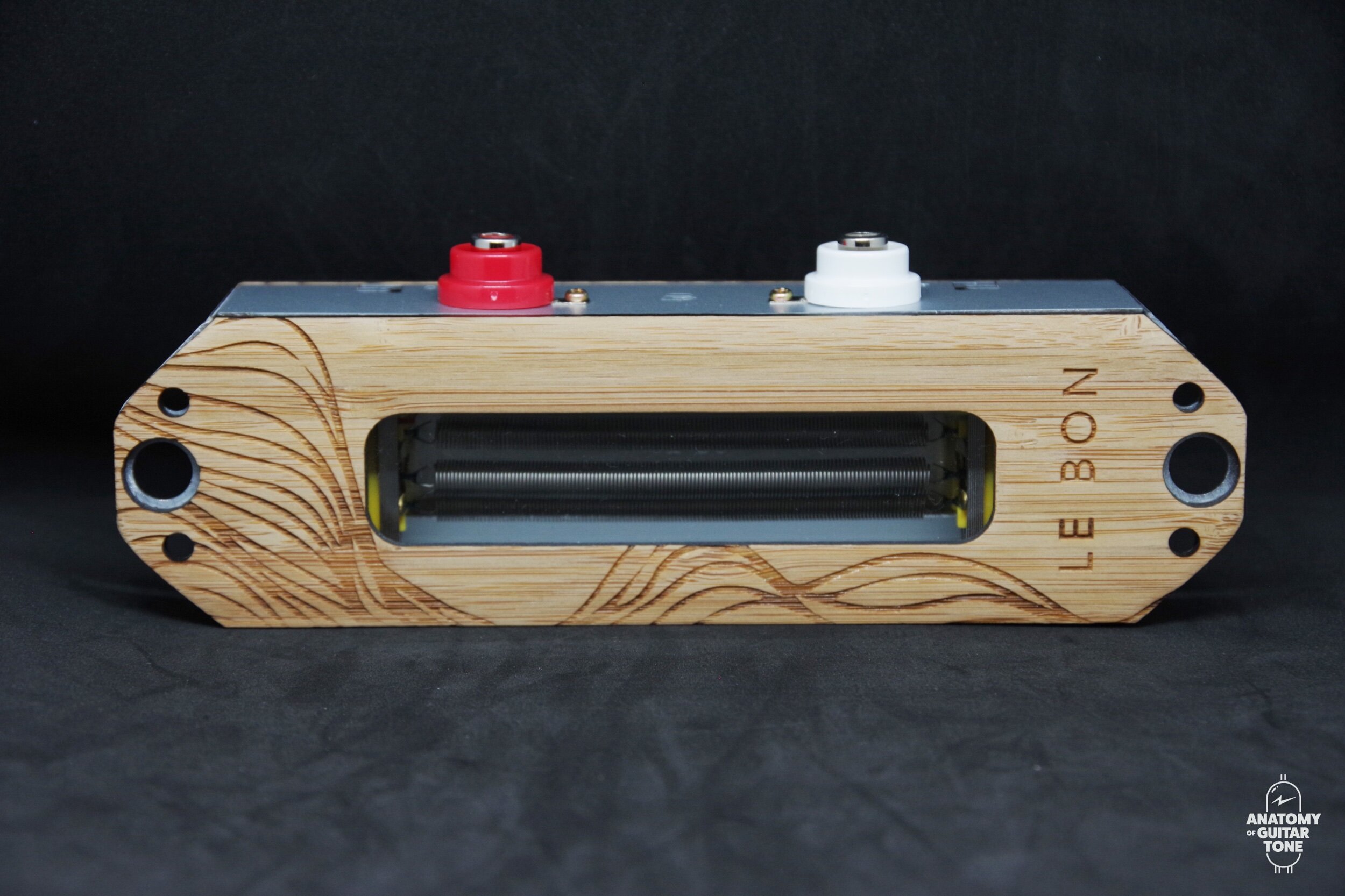It's intriguing to consider that three decades ago, we had a limited number of options when it came to guitar pedals. Nowadays, the tables have turned, and at times, it feels as if we have too many options. Options are a good thing, but there comes a point where there are so many options that many of the most incredible options get hidden from the masses, much like what is happening in the music business right now. The most interesting music is not what's accessible through the mainstream.
No style of pedal fits into this category more than overdrive pedals, which outnumber all other pedals by far. Everyone makes an overdrive pedal. If my grandma were alive, she would make one, too.




















